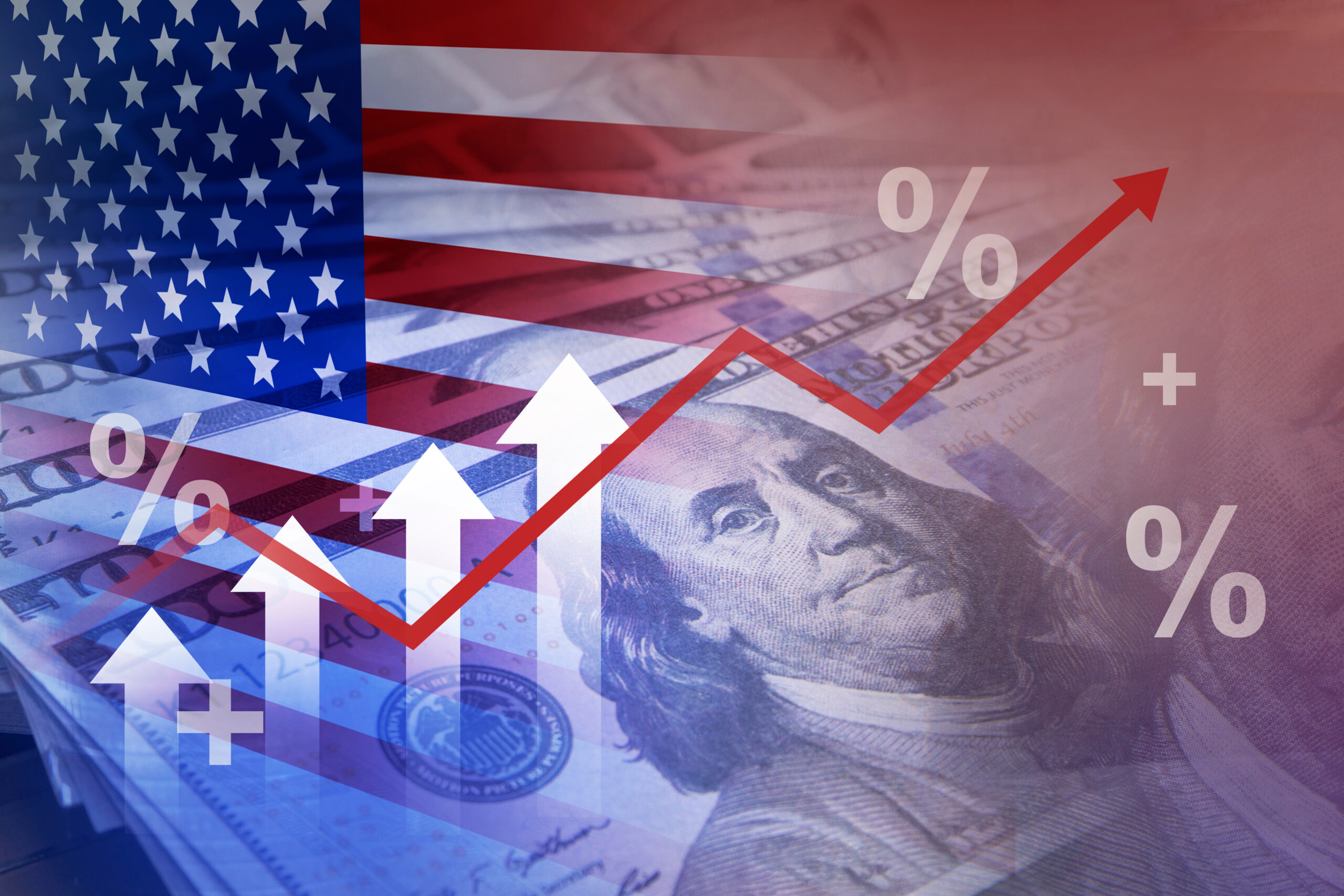-
In Defense of Freedom
Freedom is under attack from seemingly all directions today. Voters in New York just selected a socialist in the democratic primary. Vice president JD Vance recently admonished conservatives who he claims, “worship the capital M market.” Milton Friedman famously observed that, “Underlying most arguments against the free market is a lack of belief in freedom itself.”
This still holds true, but today there is another element from those who lack understanding of what the term “free market” means.
Today we hear the line that “the free-market economy is not working for everyday people.” We hear this from both the left and the right. However, every single example they give is, without fail, a place where regulation has replaced the free market. The greatest pain points (housing, higher education, and healthcare) are all areas where we long ago abandoned a free market approach.
Freedom isn’t free, and we too often forget how rare it is in human history. We need to do a better job of educating. The emphasis in free market is on free.
To read the full report, please download the PDF.
~Second Quarter 2025
-
Perception v. Reality
What we perceive and what is real are not always the same. One of the main arguments for tariffs is that we need to bring back the good blue-collar jobs that have been lost by deindustrialization. No one could possibly argue against this, if only it were factual. Here are the facts: U.S. manufacturing output as a percentage of real GDP has varied only 2% (13% – 11%) since 1947, according to the St. Louis Fed.
According to data from the U.S. Bureau of Labor Statistics (BLS), manufacturing employment peaked in 1979. Since that time, we have lost 6.7 million manufacturing jobs, and we have gained 9.4 million jobs in trade, transportation, and utilities. So, for every manufacturing job that has been lost since 1979, 1.4 jobs have been created in trade, transportation, and utilities, yet no-one talks about it.
Finally, there are more automotive manufacturing jobs in America today then there were in 1993 when Bill Clinton signed NAFTA. According to the BLS, there are 308,000 jobs today versus 298,000 at the peek of the 1990s. Does that surprise you?
To read the full report, please download the PDF.
~First Quarter 2025
-
Flip Flop
The market has been flip-flopping for a while now, and while most seem not to notice, I am really getting tired of it. If one pays attention only to the S&P 500 index, then it may not seem like there is any inconsistency as it just keeps going up each quarter, or at least it has over the last couple of years. However, it is what happens under the surface that really tells an investor what is happening.
In the first quarter of 2024, everything worked: Large growth had an 11.4 percent gain, but large value returned 9 percent, and small companies were up nicely as well. We had a broad-based market rally. Then the market flipped: In the second quarter of 2024, large growth was up 8.3 percent, and every other category actually lost money. Then, the market flopped: In the third quarter of 2024, small value stocks were the best place to be, up 10.2 percent, while small growth stocks were up 8.4 percent and large value stocks were up 9.4 percent. Large growth stocks were still positive, up 3.2 percent.
This trend lasted through November, but in December, the market didn’t just flip; it flipped out: The entire market dropped 7 to 8 percent, except for large growth, which was up just under a percent.
To read the full report, please download the PDF.
~Fourth Quarter 2024
-
Revenge of the Have Nots
Well that did not take long. Last quarter we talked about the haves and the have nots. The market narrowed dramatically and technology, specifically AI-driven technology, was the only area that produced positive results. We knew this was not sustainable, but we had no idea it would change so dramatically so quickly.
If AI is the coolest place to be, then utilities must be the most boring, but not this quarter. For some time now we have pointed out the lack of return in utilities and how it makes no sense whatsoever: These are strong companies with solid dividend yields, as has been the case historically with utilities. However, there is no universe in which we are all driving electric cars and having our work done for us by AI that does not include an enormous increase in electricity production.
Utilities must grow significantly to keep up with the demands of the all-electric future. It seemed like they would lag forever, but this quarter they finally got the love they deserve with a 19 percent return. We often say that it is easy to know what the market will do, but nearly impossible to know when it will do it. Any investors who patiently waited for utilities to do what they should were finally rewarded.
To read the full report, please download the PDF.
~Third Quarter 2024
-
The Haves and the Have Nots
The headline is simply that the S&P 500 is up once again, yet this misses the actual story of the market in dramatic fashion. We have seen narrow markets before: The Nifty Fifty in the early 1970s; the dot-com boom of the late 1990s; the FANG stocks in the mid 2010s. However, I do not recall ever seeing a quarter when the Russell 1000 Growth Index was up over 8 percent while every other US Russell equity index was negative.
This time seems different than those other times in that the AI-driven Magnificent Seven are not in bubble territory; their businesses are growing at a pace close if not equal to their stock price. This time it seems like the market just keeps overlooking everything else.
Part of this is the same story of Wall Street continuing to see a recession behind every corner, but the actual data keeps saying that is not happening. The other parts of the market, small companies and value companies, have to close the gap. Reversion to the mean is one of the strongest forces in financial markets.
As Keynes famously said, “The market can stay irrational longer than you can stay solvent.” Who knows how long this will last, but it can’t last forever.
To read the full report, please download the PDF.
~Second Quarter 2024



